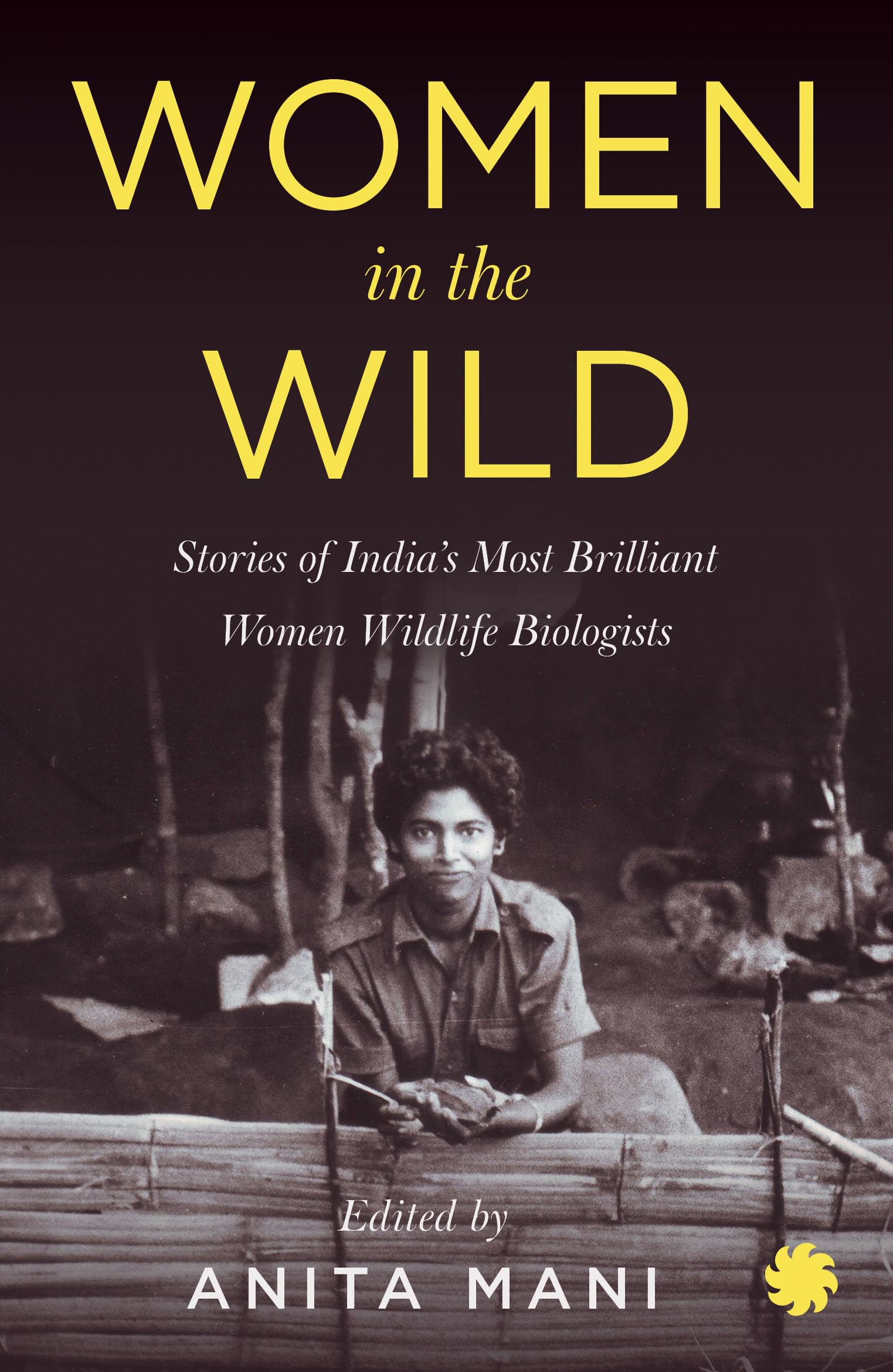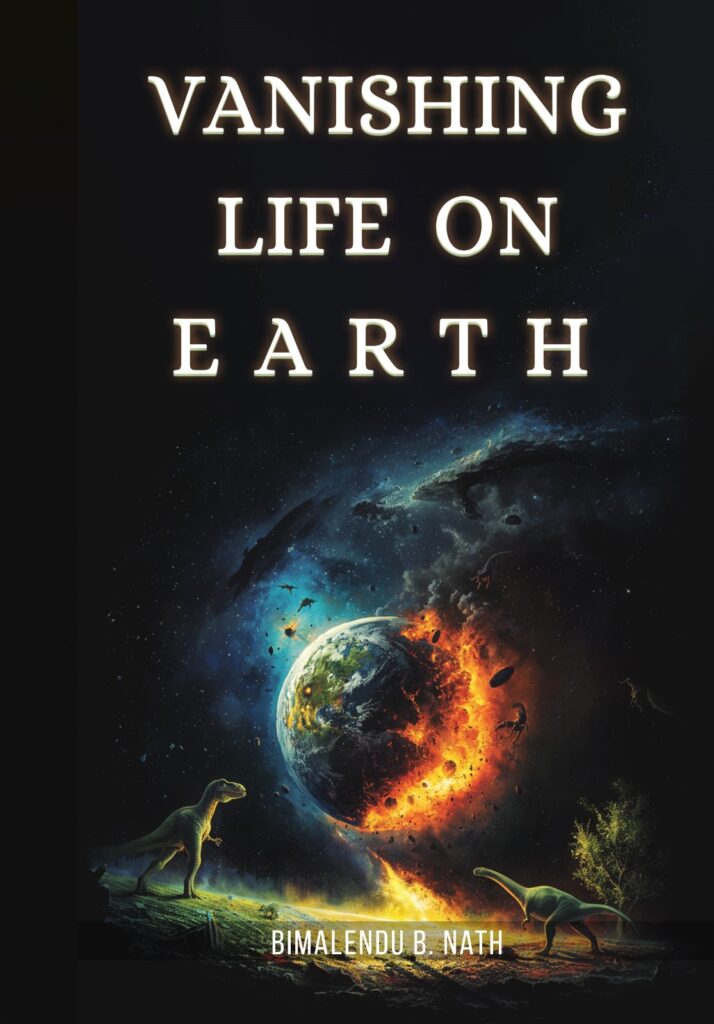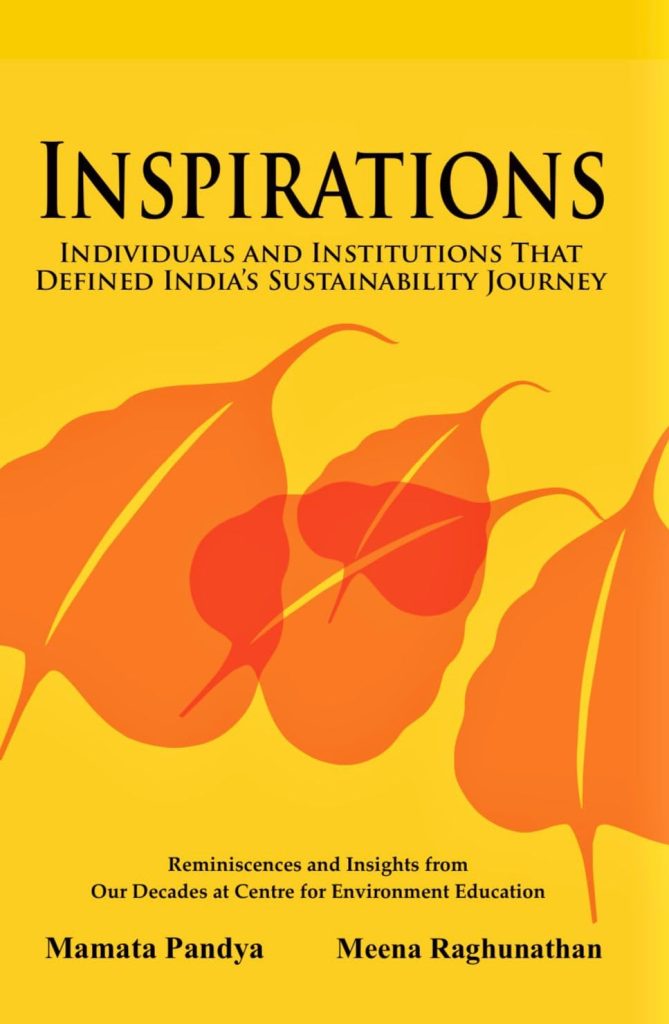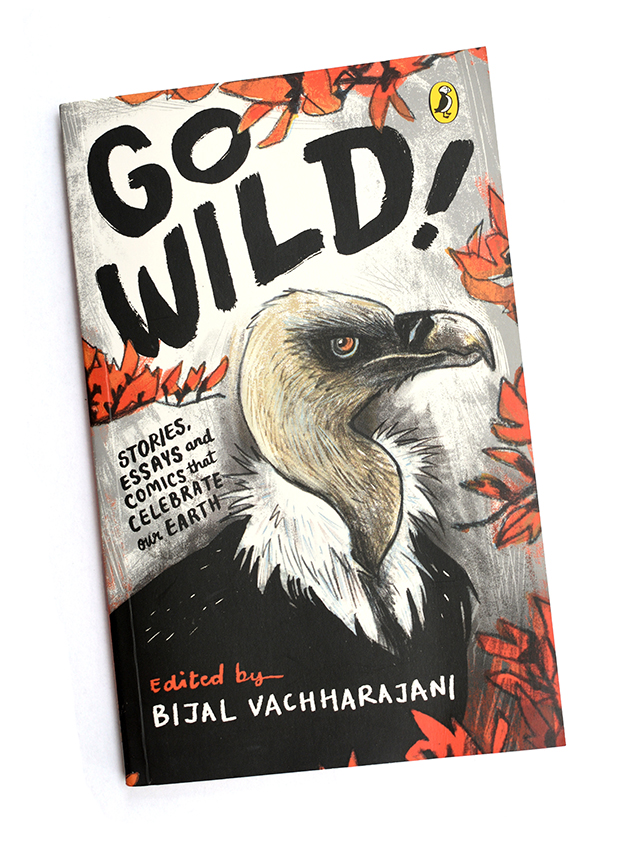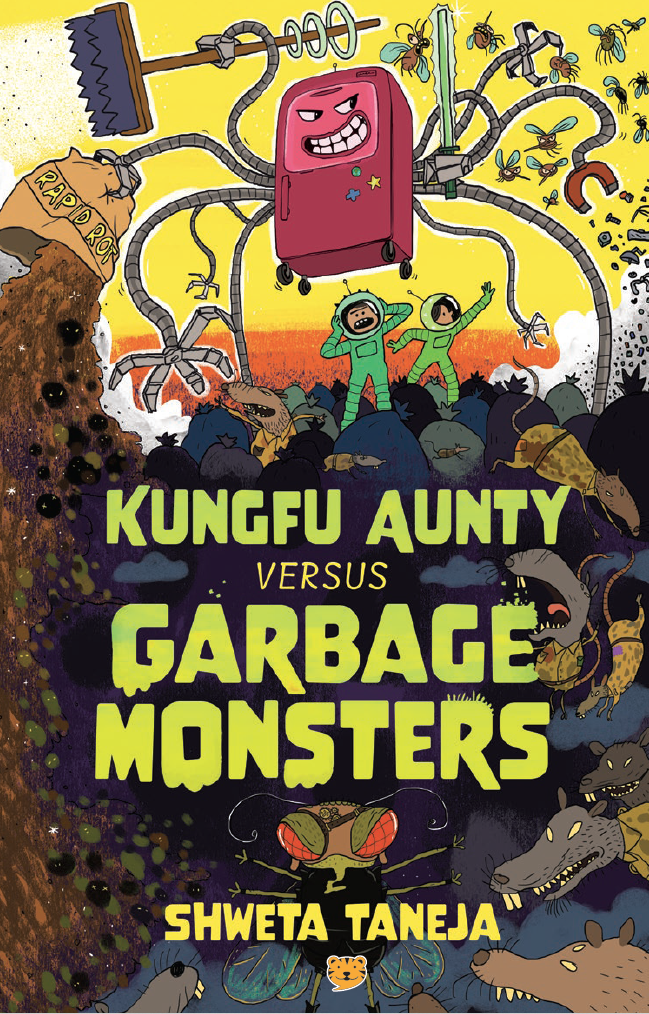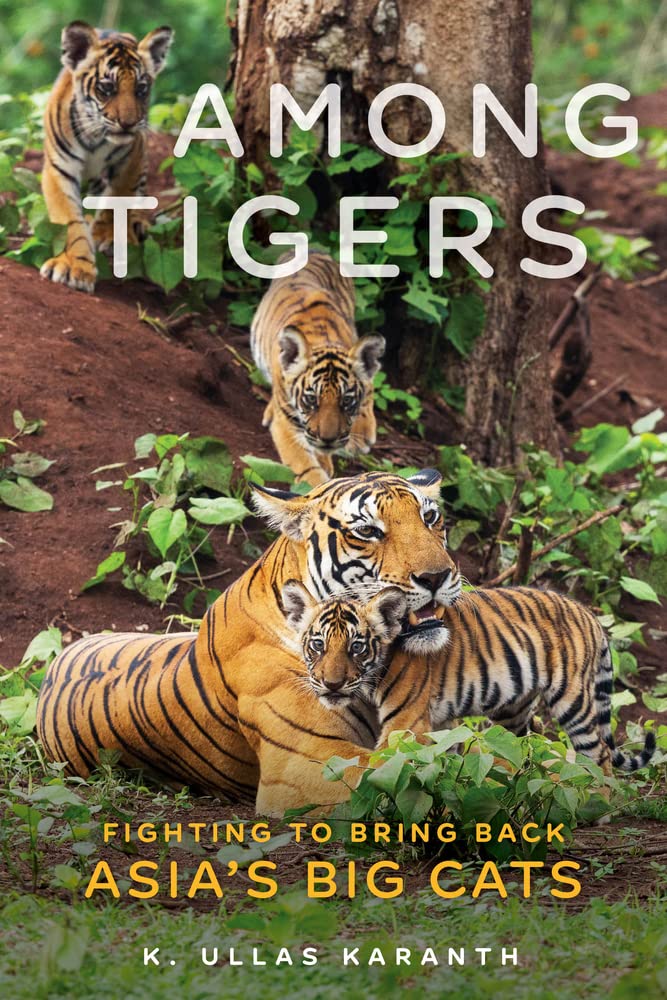What does professional success mean? In most fields, it means higher salaries and better benefits. For many, it means being able to buy the house or car of their dreams. Some know that they’ve made it when they can afford to eat at that restaurant that they were always too intimidated to enter, or when they can finally send their parents abroad for the first time.
It’s not that field biologists don’t aspire to these things. They do. Nor can it be said that they only care about having their names in the bylines of books, newspaper articles, and journal publications—though that’s always nice. What, then, motivates the people who traipse through the wilderness, discovering, documenting and preserving?
Divya Mudappa, whose work is featured in Women in the Wild, puts it eloquently.
“If you’re in the field and in conservation, you are working 24×7. When you’re not actively taking care of your team or human-wildlife interaction, you are reviewing projects, writing reports, planning budgets, accounting, talking to funders, creating MoUs, and making sure saplings of next-generation forests are growing safely in the nursery. Or you’re driving around in your car to solve problems, meet managers, talk to forest officials, log roadkills and watch birds! “This cannot be for a bunch of research papers—this can only be a way of life.”
This is the truth about many field-based and academic careers, one that takes practitioners away from their homes for weeks and months at a time and exerts a heavy toll on their health, their families, and their relationships.
Field sites can be remote, with limited network connectivity. They might not have running water or functioning toilets. Electricity can be unreliable, and what you eat often depends on what you can carry with you and cook. And you might end up with some interesting non-human neighbours, from fierce-looking huntsman spiders to energetic greater yellow house bats.
These are challenges that everyone faces, regardless of gender. However, things get even more complicated if you don’t happen to be male. For example, conservative families don’t look kindly on a career that requires their daughters to travel far from home and work so closely with men.
Even the most supportive of parents worry about their child’s safety, and safety does continue to be an issue. In the field, an unwanted advance must be dealt with cautiously. And confronting a senior researcher for sexual harassment could ruin your career. After Indian wildlife’s #MeToo moment, prominent male conservationists told me they would no longer go into the field with female researchers—just in case.
This is on top of pre-existing challenges getting those with power in a male-dominated profession to take you and your abilities seriously as a researcher. Sometimes, those men are dealing with their own internalised biases regarding whether women should or even can thrive in a historically male-dominated field.
Women in the Wild, edited by Anita Mani, tells the stories of some of the female researchers who took on these misconceptions and broke barriers that should never have existed.
Jamal Ara (featured in the chapter ‘The First Lady of Indian Ornithology’) was India’s ‘Birdwoman’, working closely with legends such as Salim Ali and Zafar Futehally and documenting the dizzying bird diversity of the Chota Nagpur Plateau. J. Vijaya (from the chapter ‘Turtle Girl’) set up her field station in a riverside cave to study the Cochin forest cane turtle.
These researchers did not do what they did to earn the title of ‘first woman to ___’. They did what any biologist or naturalist would do, matter-of-factly and without fanfare.
The subjects of this collection have worked all over India, from coast to coast (‘Like a Fish to Water’) and to the high Himalayas (‘An Ocean to Sky Expedition’). They may study the genetic sequence of tigers (‘India’s Wildlife Detective’), bring in a much-needed human dimension to conservation (‘Speaking for the Sparrow’), or dedicate their life to restoring a degraded rainforest (‘The Canopy Crusader’).
Some, like Dr. Vidya Athreya (‘Unlocking the Secret Lives of Leopards’), are known for their study species, while others, like Dr. Ghazala Shahabuddin (‘The Oaks Call Her Home’) focus on the complex interactions within a community of insects, birds and trees.
They redefine professional success. Jamal Ara was the only female conservationist from Asia at the first meeting of the International Union for the Protection (now Conservation) of Nature in 1949, as well as a member of the first State Board for Wildlife for Bihar. S. Vijaya, in slightly over a decade, published nearly 40 papers before her tragically premature death. Usha Ganguli-Lachungpa’s contributions to the preservation of Sikkim’s biodiversity have been recognised by the government, media and NGOs alike, while Vidya Athreya has shown that leopards can live close to humans without conflict.
Beyond individual accomplishment, there is a sense of systemic change, a recognition of how far we have come. Jamal Ara never received formal training in ecology, but today, the National Centre for Biological Sciences, Salim Ali School of Ecology and Environmental Sciences, and Wildlife Institute of India receive (and accept) a large number of female students.
While this may seem like a geographic (and urban) hegemony, the Canopy Collective (Dr. Nandini Velho, ‘Speaking for the Sparrow’) hopes to create a new framework that allows early career researchers to avoid the ‘time-thieves’ while receiving valuable membership and make “the difference that makes the difference”.
“It is crucial to find ways to support independent researchers who wish to avoid being confined to large institutions or NGOs. Simultaneously, for those in institutions to encourage flexibility and thinking among team members, addressing bureaucratic tendencies and creating a cohort for those who want to stay independent or to foster positive individual behaviors,” says Dr. Velho. “Especially for research students from institutions who carve their thesis ideas in the vast metropolis of India and the world, and when working in remote areas want to be able to do more but don’t know how.”
In terms of addressing sexual harassment, too, there has been marked progress. A team of conservationists created Conservationists and Ecologists Against Sexual Harassment (CEASE), a list of resources that can help individuals and institutions set up guardrails under the Prevention of Sexual Harassment (POSH) Act.
“It is not just lack of knowledge or willingness that are barriers,” says Dr. Divya Vasudev, a part of the CEASE team. “Some small organisations may not have the financial or administrative capacity to interpret and implement POSH guidelines.”
There are still miles to go. Female students might account for half the students in an MSc batch but may still leave the field at higher rates.
“Young female researchers are often not taken as seriously as their male counterparts, and have to work that much harder to be seen and heard,” says Dr. Jayashree Ratnam, the Director of the Wildlife Programme at the National Centre for National Sciences in Bangalore. “In what has traditionally been a male-dominated field, although this is now slowly changing, it can sometimes take having a senior title and white hair before female researchers are given due respect.”
The stories in this volume and beyond tell us women can make it in this challenging, frustrating, fulfilling field. They have done so, sometimes with family support and sometimes without. With institutional backing, but often without. With the help of their male colleagues—but frequently without. We all look for role models, and these pages hold many.
If this book can be summed up in two brief lines, perhaps I’d choose these:
You can’t keep women out of the wild.
And many more stories remain to be told.
